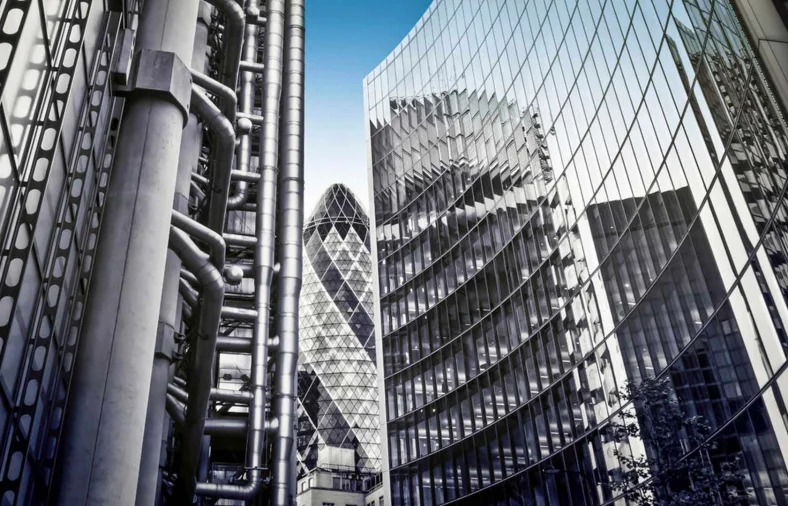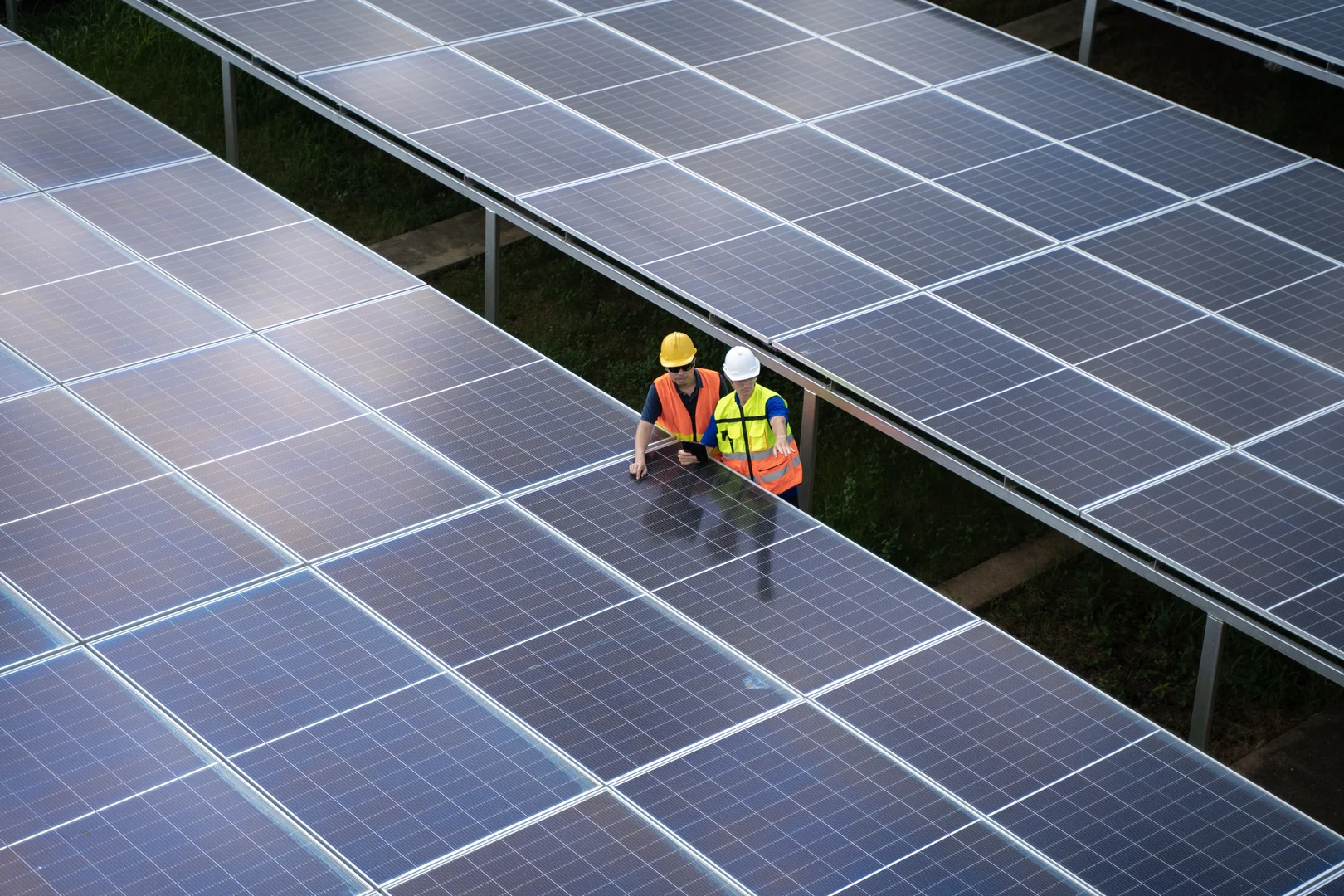Global electricity demand is forecast to grow almost exponentially, requiring energy generation capacity to double by 2030 and quadruple by 2040. New energy generation capacity requires significant investment in our grid, presenting a financial risk to businesses due to energy price escalations.
At the same time, 2024 was the hottest year on record. Extreme weather patterns such as flooding, hurricanes, and wildfires are already having a massive physical and financial impact and are only expected to worsen if we don't accelerate climate action.

To solve the climate crisis, we must act on both the supply and demand side together. And buildings have a critical role to play.

Financial advantages
90% of existing buildings will pose a financial risk if they fail to decarbonize.
Most commercial building sustainable retrofits have an ROI of 10 years or less.

Stakeholder pressure
79% of the top 100 companies per country now publicly report on sustainability.
16% increase in market cap value of companies with science-based target YoY.

Regulatory compliance
50K companies will need to disclose energy and carbon under CSRD.
By 2030, over 4M buildings impacted by energy and carbon regulations.
Despite the means to drive decarbonization efforts in the building sector, there’s a growing gap between stated decarbonization targets and actual achievements. Let's understand more about the barriers to action.

Sources:
(1) "SBTi Monitoring Report 2023," Science-based Targets, July 2024: link
(2) "Commitment Issues: Markers of Real Climate Action in the Fortune Global 500," Climate Impact Partners, September 2023: link
(3) "INSIGHTS: 2018 State of Corporate Energy & Sustainability Programs," Schneider Electric, 2018: link
It’s clear that enterprise organizations need to act faster. By 2030, we need to double our efficiency efforts and triple our deployment of renewables to be on track with global climate commitments.

Buildings don’t need a complete overhaul to substantially reduce their carbon emissions. While retrofitting entire building envelopes and major building infrastructure may be required in the long-term to decarbonize completely, digitalization is an effective first step.
01
Up to 45% of reduction with an ROI of less than 3 years
Research shows that deploying digital building and power management solutions in existing office buildings could reduce their operational carbon emissions by up to 45%, with an ROI of less than 3 years.
02
Up to 85% yield with an ROI of under 10 years
These solutions can be coupled with power factor correction, onsite renewables and battery energy storage to provide demand flexibility and improve resilience, yielding up to 85% operational carbon reduction with paybacks typically under 10 years.
This combination of efficiency, energy generation, and flexibility allows for buildings that not only consume less but consume better. They can help support the increasing energy demand on the grid, contributing not just to their own decarbonization efforts but helping the system as a whole decarbonize.

A science-based approach to retrofit planning
To better understand the best pathway to decarbonize different building types, we partnered with JLL, global real estate professional services firm, to quantify the impact of various energy and carbon conservation measures, incorporating our own innovative technologies.

Discover the impact of different retrofit models
This research enabled us to prioritize actions on the path to net-zero, with more detail shown in the figure below. Each priority is strategically ordered to decarbonize with maximum efficiency – carefully balancing ease of implementation, ROI, and impact.

Light Interventions
For short-term holdings or leased spaces, light interventions are recommended. This involves deploying metering, monitoring, and modern building management technology for efficient operations. Doing this can reduce your operational carbon levels by up to 45%.
Medium Retrofits
Medium-term holdings offer the opportunity to go deeper. A medium retrofit is recommended by upgrading building equipment and installing renewables in addition to light intervention technologies. Now, your building could see an energy and operational carbon reduction of 45 – 85%.
Deep Renovations
For long-term ownership, a deep renovation is recommended. This involves addressing full electrification and building envelope improvements to achieve net zero with limited reliance on offsets. Achieving net-zero will position your business at the forefront of the market.
Let Schneider Electric help you define your retrofit strategy.


